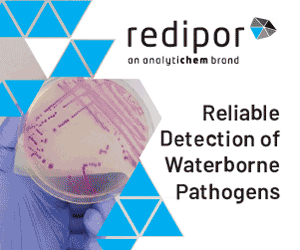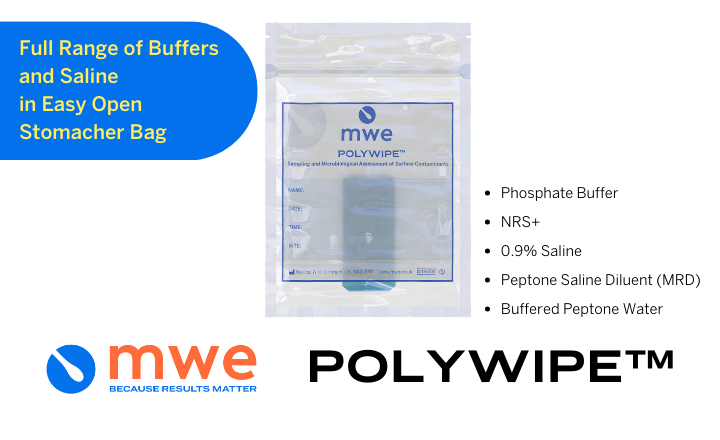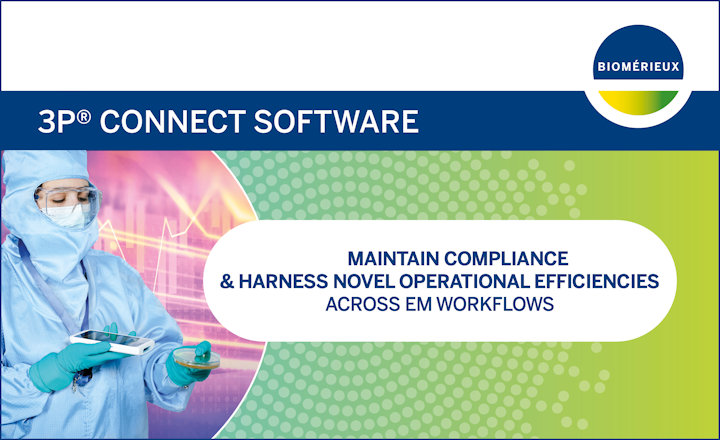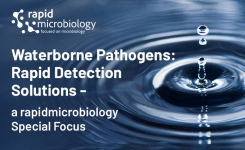- High-risk environment: Meat-processing plants are critical control environments where ineffective sanitation can allow pathogens and spoilage bacteria to persist or recolonize.
- Beyond log reductions: Conventional sanitation verification focuses on surface counts but overlooks how cleaning stages restructure microbial communities and influence recontamination potential.
- Ecological insight: Understanding sanitation-driven microbial ecology enables more robust HACCP programs- targeting persistent niches, mitigating biofilms, and reducing the risk of pathogen regrowth or cross-contamination.
- Inform hazard analysis, verification, and corrective actions within HACCP frameworks by identifying environmental reservoirs and recontamination pathways.
Key Findings: Yadav et al. (2025) demonstrated that sanitation effectiveness and microbial rebound depend on cleaning sequence, contact time, and inter-surface microbial flow rather than sanitizer concentration alone.1
HACCP Implication: Drains and air systems should be classified as environmental hazard contributors in hazard analysis and included in sanitation monitoring and verification, not just food-contact surfaces.
- Microbial persistence: Opportunistic and spoilage-associated taxa (Acinetobacter, Pseudomonas, Enterobacteriaceae) persisted despite standard sanitation.
- Quantitative patterns:
- APC counts increased immediately after the pressurized warm-water wash (P < 0.05), likely due to aerosolized detachment, then significantly decreased following the foaming/degreasing step (P < 0.05).
- No-rinse sanitizers—peracetic acid (500 ppm) or quat-based (200 ppm, 5-min contact)—did not significantly further reduce APC counts (P > 0.05).
- Enterobacteriaceae and coliforms mirrored total aerobic trends on conveyor belts and drains, while airborne Enterobacteriaceae remained below detection (1 CFU/100 L).
- E. coli was sporadically detected during sanitation but absent pre- and post-process, with drain isolates showing no significant change across steps.
- Community structure:
- Acinetobacter dominated microbial communities across all surface types—conveyor belts (≈46.1%), drains (≈51.2%), and air (≈55.8%).
- Sequencing across multiple trips revealed temporal variation, underscoring the dynamic nature of microbial communities within the facility.
- Ecological modeling identified two key recontamination pathways:
- Drains → belts: drain surfaces acted as microbial reservoirs that reseeded belts post-cleaning.
- High-pressure wash → air: aerosolization facilitated airborne redistribution of microbes.
Bigger Picture: This study reframes sanitation as an ecological control process rather than a purely chemical one. From a HACCP perspective, hazard control depends on both microbial ecology (biofilms, reservoirs, airborne flow) and chemical efficacy.
For food safety and quality teams, the findings suggest:
- Prioritize the foam/degreasing step as the most effective microbial reduction phase.
- Recognize that no-rinse sanitizers alone may not substantially reduce microbial loads without effective pre-cleaning.
- Treat airflow and drainage as integral to environmental monitoring programs.
- Incorporate microbiome profiling into sanitation validation and trend analysis to better understand facility-specific microbial ecosystems.
Reference:
- Yadav et al. (2025). Effects of Sanitation Practices on Microbial Dynamics in Meat Processing Environment. Journal of Food Protection. Vol. 88, Issue 12, 100647.
(Image Credit: iStock/Francesco Scatena)
























